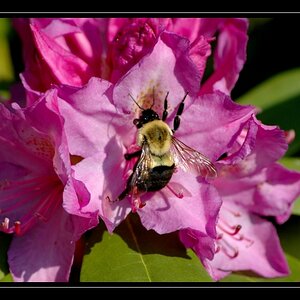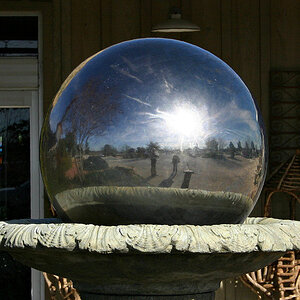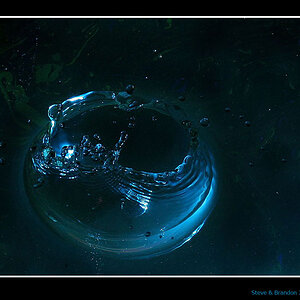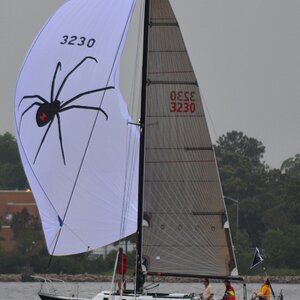SoCarRob
TPF Noob!
- Joined
- Feb 27, 2017
- Messages
- 35
- Reaction score
- 19
- Location
- South Carolina, USA
- Can others edit my Photos
- Photos OK to edit
Hi guys, I'm very new to the world of DSLR photography and have only a basic grasp of the fundamentals. It's difficult to know where to improve without some feedback from someone more experienced giving you some feedback. My gear consists of a Canon EOS Rebel T5 with the kit lens and an EF 75-300mm f/4-5.6 III. I'd like some critique on a few shots I've taken under different conditions if you would be so kind:

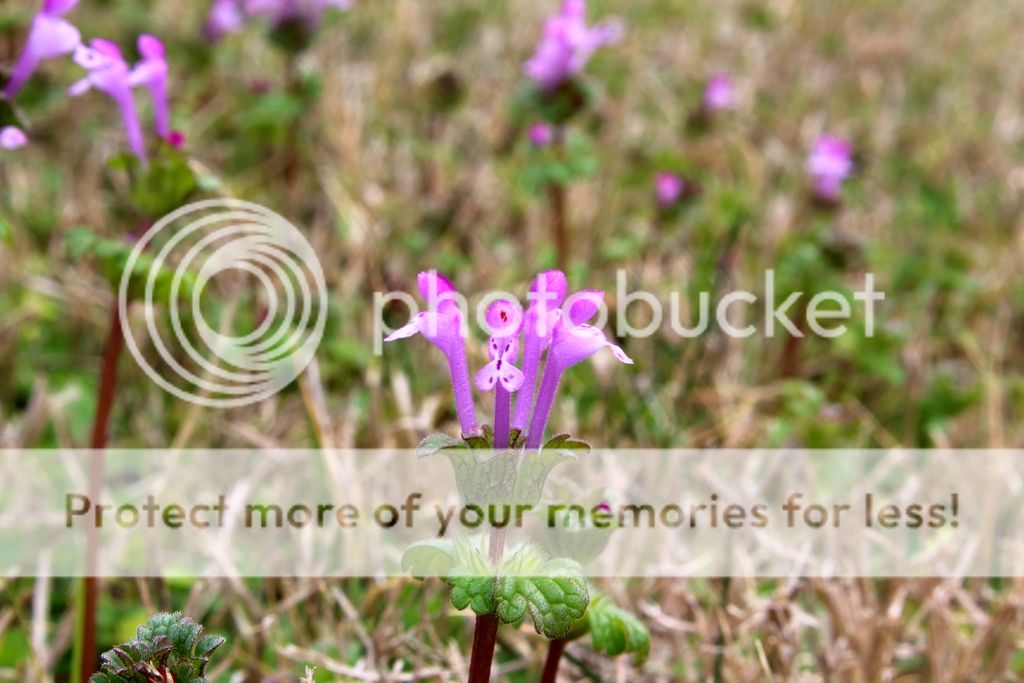














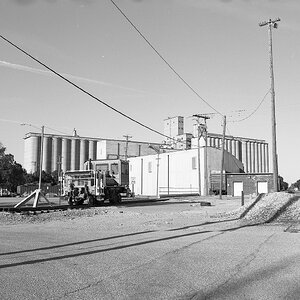
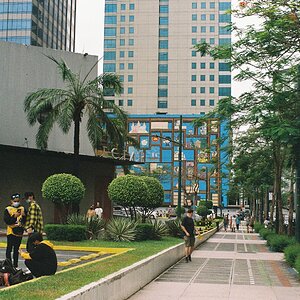
![[No title]](/data/xfmg/thumbnail/36/36392-ee7dc51c9be334b9979003f6316db12e.jpg?1619737547)
![[No title]](/data/xfmg/thumbnail/35/35870-e324e80cd11d99176357e12cd2ba3b8a.jpg?1619737196)
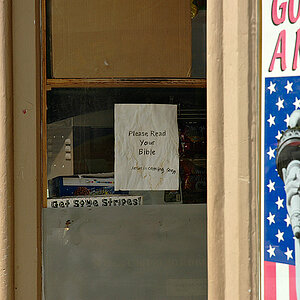
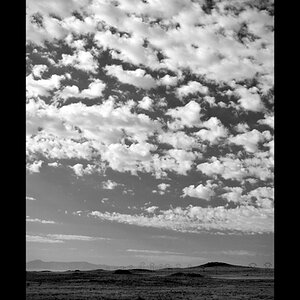
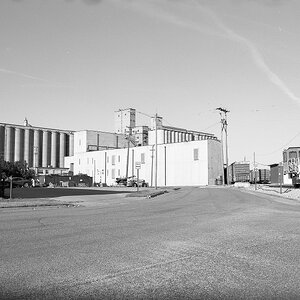
![[No title]](/data/xfmg/thumbnail/42/42272-c0d91b9d0872bcdfbcdfb5bb0529e302.jpg?1619740081)
